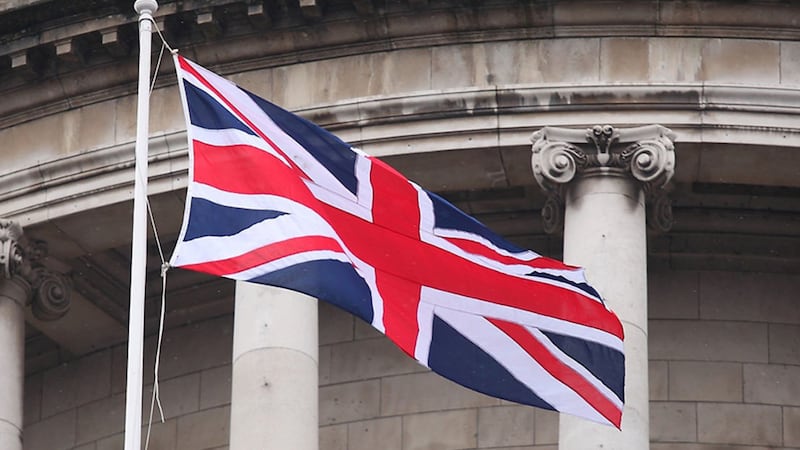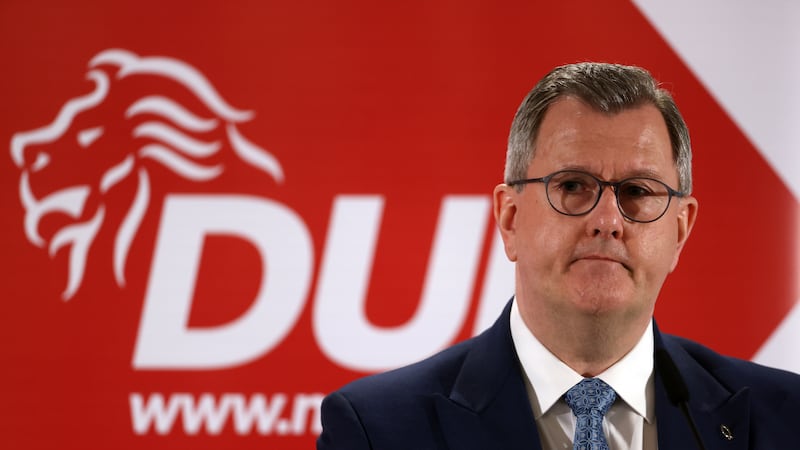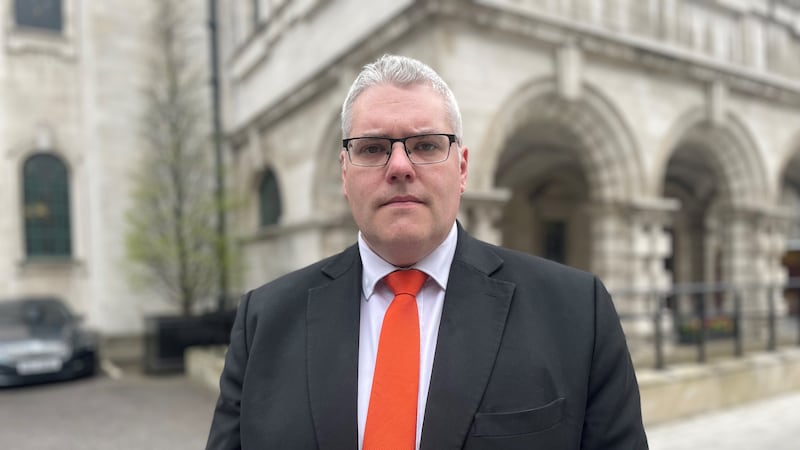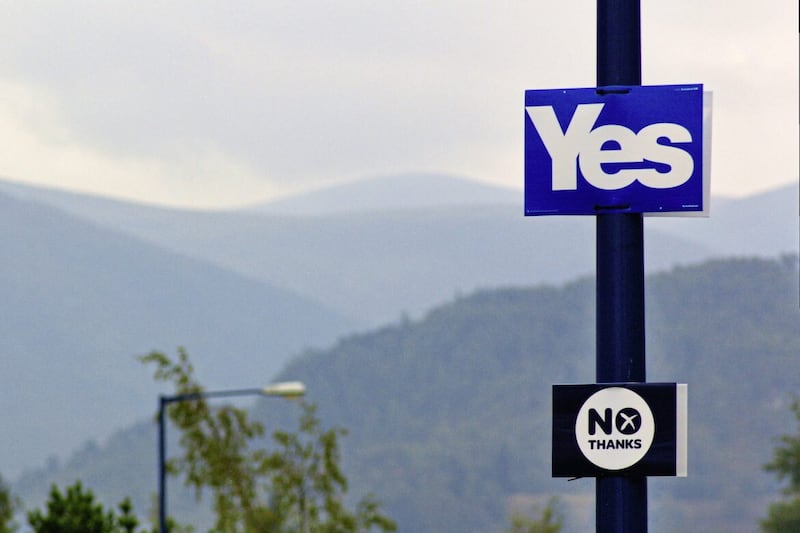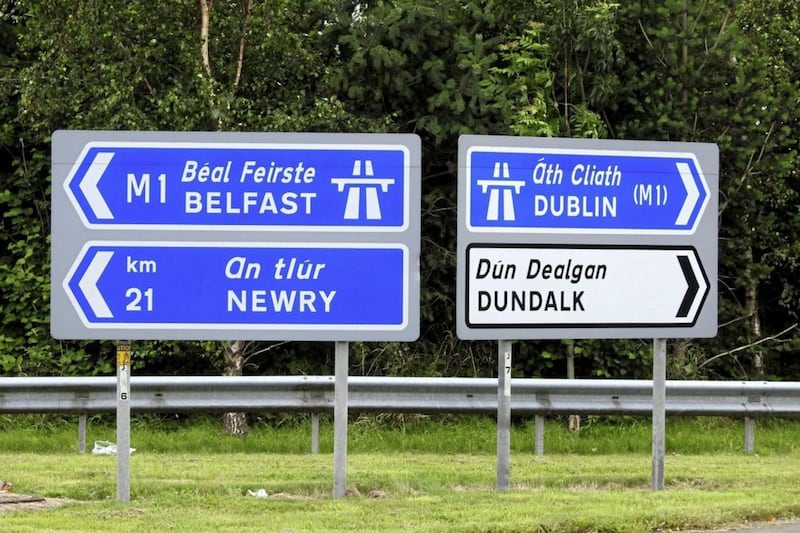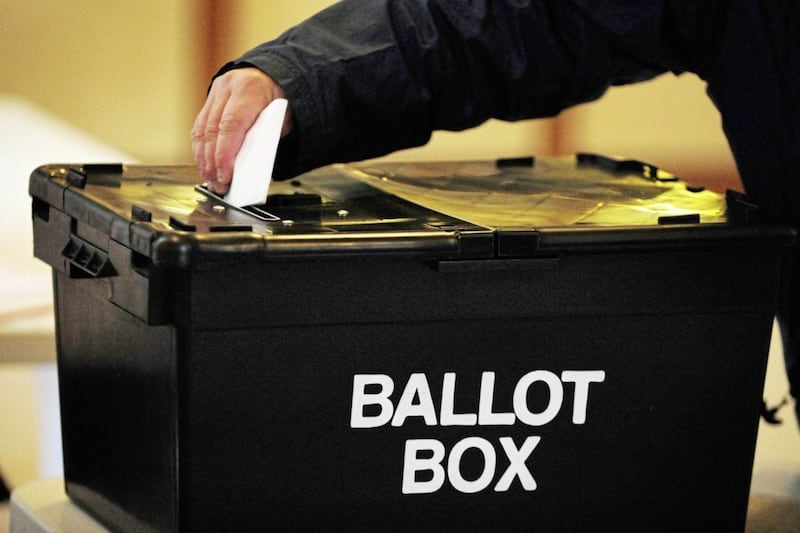If Sinn Féin wins the Irish presidential election, will it hoist the Union Jack over Áras an Uachtaráin?
The question arises from its recent think-in, where the party suggested that a new Ireland might require new symbols, including possibly flying the British national flag over the Irish national parliament. So will that policy also apply to the president's residence?
Ah but, you say, Sinn Féin would only consider flying the Union Jack in Dublin if there were a united Ireland. But since the president is elected for seven years and SF assures us that there will be a united Ireland long before that period expires, the question has an immediate relevance for the current election campaign.
They also suggested that we might need a new national anthem (presumably because the party does not favour all that singing in Irish about guns and violence). Although, in fairness, they have not quite gone as far as suggesting that it could be replaced by God Save the Queen. (Well, not yet, anyway.)
So might their presidential candidate consider dropping Amhrán na bhFhiann at the possible inauguration in November, just to get into the spirit of things?
Details of the think-in were apparently leaked to the London Times, but since SF does not do leaks, the more cynical among you might think that it was an open letter to the British government.
The leak comes less than a month after the party said Ireland should consider re-joining the British Commonwealth (an oddly titled organisation, since most of its members have had their wealth stolen by the British, but never mind).
So how has Sinn Féin arrived at what appears to be a reversal of traditional republicanism? As the undisputed leader of northern nationalism, where is the party headed - and will that be at odds with Irish nationalism beyond the north?
SF's current position arises from three main developments. The first was the IRA's unnecessary and inevitably futile war, which created unparalleled sectarian divisions. That mistake was compounded by Sinn Féin's buying into the theory that Protestants constituted a different nation with their own flag and culture.
That meant that the tricolour was only for Catholics, even though the flag represents the unification of Catholics (green) and Protestants (orange) in peace (white). Irish Protestants already have their own flag flying over Dáil Éireann. It is the tricolour.
Finally, Sinn Féin quietly used the peace process to replace the IRA's war for an independent Ireland with a political campaign for a united Ireland, which is totally different. Those of you old enough to remember the 1970s will recall that the IRA announced each new year as the year of freedom and, just like a united Ireland today, a free Ireland was always just around the corner.
According to SF, a united Ireland could include the continued existence of Stormont (presumably with a border marking its territorial influence) and abandoning the Irish national flag and national anthem - all within the British Commonwealth.
That leaves northern nationalism heading in the direction of old-fashioned Scottish nationalism which, until relatively recently, was a hangover from Queen Victoria's promotion of "Highland activities", including designing tartans and organising highland games. At the same time, English landlords were clearing the highlands of people to make way for sheep. As political compensation, some regiments in the British army would be designated as "Scottish".
Thus Sinn Féin risks taking the same political path as their historical enemy, John Redmond, the nationalist leader who opposed the 1916 Rising and advocated Irishmen fighting for Britain in World War I.
It is an odd position to adopt, but they are pursuing what some might regard as rampant Redmondism. The reason is that they are confusing tackling sectarianism (which they might have begun 50 years ago) with trying to accommodate their two nations theory's emphasis on British flags and anthems.
Fianna Fáil leader, Micheal Martin, has already spotted this confusion by pointing out that the core of nationalism is to secure a unity of people and not just a unity of structures or symbols. That stance will allow him to suggest at future elections that while SF will not go to Westminster, its flags policy appears to allow Westminster to come to Dublin.
That would strengthen FF's traditional claim to be the republican party and allow it to paint SF as old-style, Home Rule nationalists. It is a daft position for SF to have arrived at, especially at the beginning of a presidential election campaign, which they hope to use for what they call a national conversation
Ignoring flags and anthems would allow the conversation to focus on more urgent issues.

